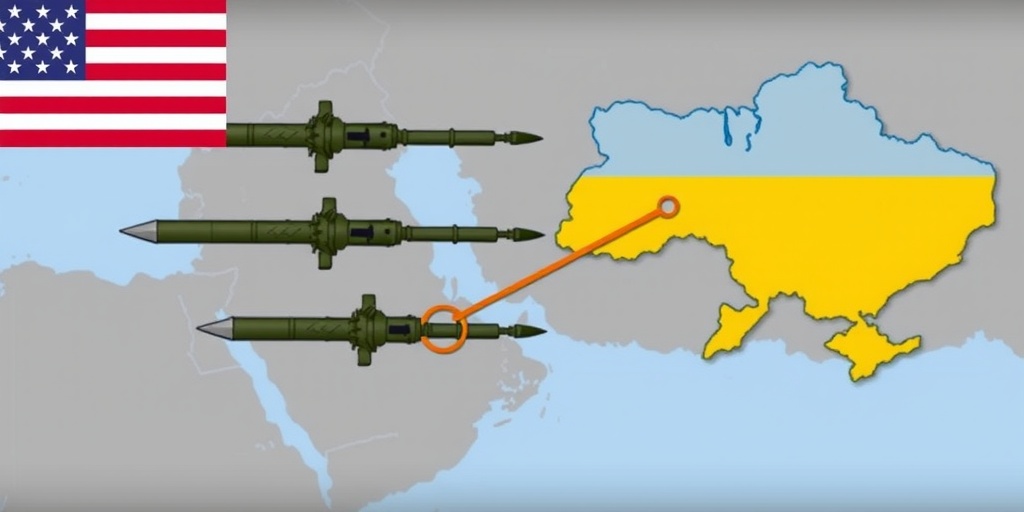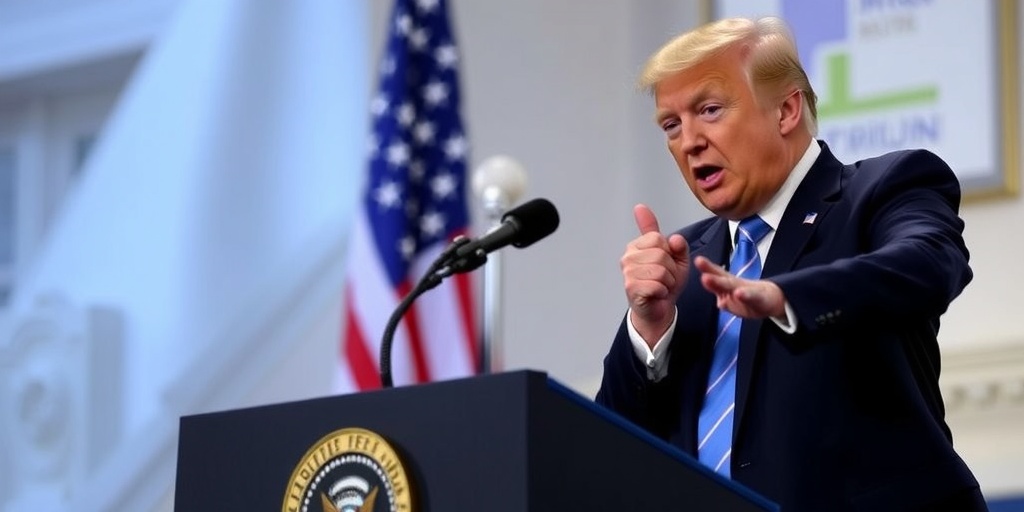Now Reading: U.S. Weapons Flow to Ukraine Nearly Halted, Possible Total Stop Ahead
-
01
U.S. Weapons Flow to Ukraine Nearly Halted, Possible Total Stop Ahead
U.S. Weapons Flow to Ukraine Nearly Halted, Possible Total Stop Ahead

Title: Ukraine’s Military Aid at a Crossroads: Tensions in U.S.-Ukraine Relations
In a pivotal meeting on Friday, President Volodymyr Zelensky of Ukraine confronted a daunting reality as he entered the White House to discuss military support with President Donald Trump. The flow of weapons and military equipment from the United States to Ukraine had virtually come to a standstill, leaving Zelensky in a precarious position. The meeting proved to exacerbate an already dire situation, with tensions elevating during a televised exchange between the two leaders.
As the meeting unfolded, it had been 50 days since the Pentagon had announced a new package of military aid to Ukraine, and the current administration had offered scant information regarding future shipments. A Trump administration official disclosed that plans to cancel all forms of U.S. aid to Ukraine, including the final shipments of arms authorized during Biden’s presidency, were being considered.
The dynamics of U.S. military support for Ukraine shifted dramatically following Russia’s full-scale invasion in February 2022. During the Biden administration, military hardware shipments were announced approximately every two weeks, showcasing a commitment to bolster Ukraine’s defensive capabilities against Russian aggression. However, the ongoing stalemate in military support marks a significant departure from this precedent. According to Pentagon reports, around $3.85 billion remains unallocated from what Congress authorized for additional withdrawals from defense stockpiles. A former senior defense official indicated that the last arms purchased by Ukraine from U.S. defense contractors would be shipped within the next six months, after which the responsibility of maintaining Ukraine’s military supplies would largely fall on European and other allied nations.
President Trump has emphasized a need for “payback” related to military support to Ukraine. During their meeting, there was an expectation that the two leaders would formalize an agreement to grant the U.S. access to Ukraine’s mineral resources. However, Zelensky exited the White House without securing this agreement, despite Ukraine facing relentless assaults from Russian and North Korean forces across a 600-mile front. Throughout the conflict, Ukraine has relied heavily on American military assistance, beginning the day after Russia’s invasion when an initial package worth $350 million was announced.
Military aid from the Pentagon has surged, with 71 additional shipments worth $33.8 billion sent from existing U.S. stockpiles since the invasion. This assistance has included over three million artillery shells, thousands of guided rockets, anti-tank missiles, and armored vehicles. While these shipments had been a lifeline for Ukraine, recent announcements regarding military aid from the U.S. have dwindled since the election of President Trump, creating a climate of uncertainty.
Moreover, the financial aspect of U.S. support plays a critical role in determining Ukraine’s ability to sustain its military operations. Under the Ukraine Security Assistance Initiative, the U.S. has provided $33.2 billion in funds designated for new military hardware purchases directly from U.S. defense contractors. However, these funds have become less frequent, with the last major allocation made on December 30, prior to the change in administration.
As the political landscape has evolved, Ukrainian officials have recognized the importance of solidifying ties with the new U.S. leadership. Following the 2023 presidential election, President Zelensky actively sought to cultivate support for ongoing military assistance. However, recent hollowness in commitments markedly signals a shift that could jeopardize Ukraine’s defense strategy.
In the immediate aftermath of the meeting, the Trump administration indicated a willingness to reconsider the entire framework of aid extended to Ukraine. This decision could have catastrophic implications, stripping away essential military financing, intelligence sharing, and training initiatives previously offered to support Ukrainian troops.
The rhetoric surrounding U.S. support has grown increasingly complex. In late October 2023, House Speaker Mike Johnson’s stance on halting additional funding for Ukraine raised alarms among defense analysts and lawmakers. By spring 2024, as Ukraine faced mounting losses and dwindling ammunition supplies, aid from the U.S. was still under scrutiny.
Compounding these challenges, Trump has frequently misrepresented the level of assistance provided to Ukraine, claiming inflated figures and incorrectly representing European contributions as loans that Ukraine would need to repay. Data from the Kiel Institute indicates that European nations have collectively contributed approximately $138 billion to Ukraine’s war efforts, in contrast to $119 billion from the U.S.
Moving forward, if U.S. funding slows or ceases, Ukraine will increasingly rely on the Ukraine Defense Contact Group, comprising around 50 nations, initially established in April 2022 to coordinate military support. This new dynamic under British leadership raises questions about the future trajectory of Ukraine’s resistance against Russian aggression.
The geopolitical landscape is continually evolving, as military leaders emphasize the importance of unwavering support for Ukraine. British officials have reiterated their commitment to providing assistance, voicing collective determination to maintain military support for as long as necessary.
As the situation develops, the path forward for Ukraine remains fraught with challenges. The sustainability of military aid and geopolitical alliances will play critical roles in ensuring Ukraine’s ability to defend itself against ongoing threats, particularly in the face of shifting U.S. policy and political allegiances.
Stay Informed With the Latest & Most Important News
Previous Post
Next Post
-
 01New technology breakthrough has everyone talking right now
01New technology breakthrough has everyone talking right now -
 02Unbelievable life hack everyone needs to try today
02Unbelievable life hack everyone needs to try today -
 03Fascinating discovery found buried deep beneath the ocean
03Fascinating discovery found buried deep beneath the ocean -
 04Man invents genius device that solves everyday problems
04Man invents genius device that solves everyday problems -
 05Shocking discovery that changes what we know forever
05Shocking discovery that changes what we know forever -
 06Internet goes wild over celebrity’s unexpected fashion choice
06Internet goes wild over celebrity’s unexpected fashion choice -
 07Rare animal sighting stuns scientists and wildlife lovers
07Rare animal sighting stuns scientists and wildlife lovers





















